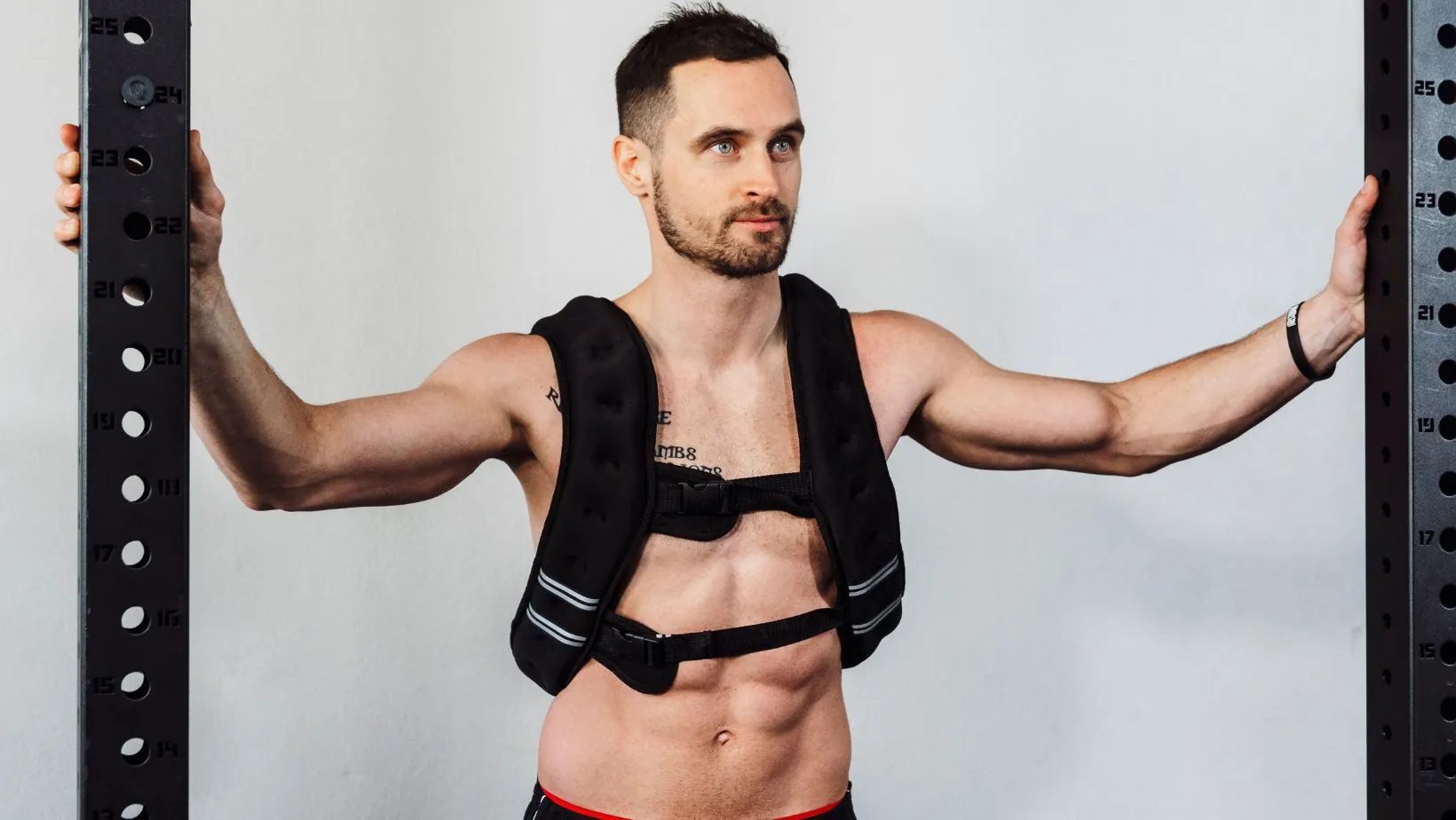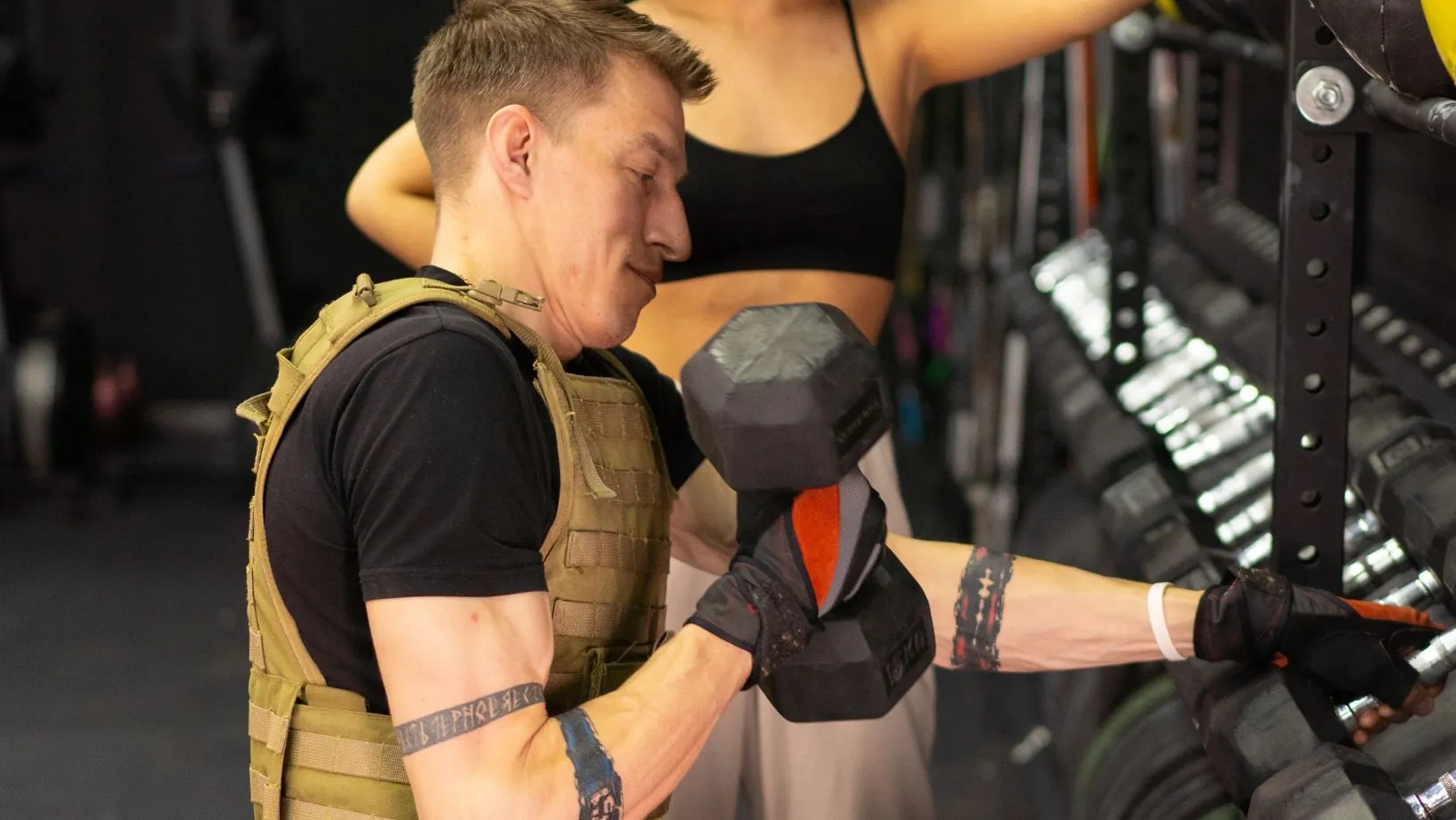If you’re looking to make your workouts more effective—whether you’re walking, running, or doing bodyweight training—a weighted vest can be a simple yet powerful addition to your fitness routine. But as these vests become increasingly popular, so do concerns about their safety, especially when it comes to joint health.
Do weighted vests harm your knees, hips, or back? How can you enjoy the benefits of a weighted vest without putting unnecessary stress on your body?
In this post, we’ll break down the effects of weighted vests on your joints, explain how to choose the right one for your activity level, and offer tips for using them safely—especially for walking and running workouts.
What Is a Weighted Vest?
A weighted vest is wearable gear designed to add resistance to your body by distributing weight across your torso. These vests are used to make everyday movements and exercises more challenging, whether you’re going for a walk or performing high-intensity workouts.
Weighted vests are often used for:
- Walking and hiking
- Running and sprinting
- Bodyweight training (push-ups, squats, lunges)
- Cross-training and calisthenics
They come in various styles—some fixed-weight, others adjustable—and in weights ranging from 5 to 50+ pounds.
Do Weighted Vests Affect Your Joints?
Weighted vests can increase the strain on your joints, especially if used improperly. However, when used correctly and in moderation, they are not inherently harmful and can even help improve joint health by strengthening supporting muscles.
Potential Risks:
- Knee and ankle strain from carrying too much weight during running
- Lower back pain due to poor posture or uneven weight distribution
- Hip stress from overly long or heavy vests, especially during dynamic movement
How to Prevent Joint Stress:
- Start light. Use 5–10% of your body weight at most for walking, even less for running.
- Ensure proper fit. A snug, balanced vest reduces impact on the spine and hips.
- Use for low-impact activities first. Walking is safer than high-speed sprinting or jumping with added weight.
- Avoid long durations. Keep sessions short (10–30 minutes) in the beginning.
When these guidelines are followed, weighted vest benefits outweigh the risks.
Weighted Vest Benefits for Walking and Running
When used properly, a weighted vest for walking or running can offer several advantages:
1. Increased Calorie Burn
Wearing a weighted vest makes your body work harder, boosting energy expenditure even during low-intensity activities like walking.
2. Improved Cardiovascular Endurance
The extra load challenges your heart and lungs, enhancing overall stamina over time.
3. Enhanced Muscle Activation
Your legs, core, and back muscles work harder to stabilize and support the extra weight, leading to better strength and tone.
4. Better Bone Density
Regular use of light resistance (like a vest) can help improve bone health, reducing the risk of osteoporosis, especially for older adults.
5. Functional Strength
Wearing a vest mimics real-life situations (like carrying groceries or climbing stairs with a backpack), making your training more functional and practical.
How to Choose the Right Weighted Vest
Not all vests are created equal. Here’s what to look for:
- Adjustability
Start with an adjustable weighted vest so you can scale your training over time. Look for removable weights in small increments (1–2 lbs).
- Snug Fit
Choose a vest with adjustable straps to ensure it stays in place during movement. Avoid vests that bounce or shift, which can strain the joints.
- Breathable Material
A breathable, padded vest will keep you cool and reduce chafing—especially important for running.
- Compact Size
For walking or running, choose a short vest that doesn’t extend past your waist to prevent restriction or hip irritation.
- Weight Range
For beginners:
- Walking: Start with 5–10% of body weight
- Running: 3–5% of body weight maximum
Tips for Using a Weighted Vest Safely
-
Warm Up Thoroughly
Before using a vest, mobilize your joints and increase your heart rate with light cardio and dynamic stretching.
-
Begin with Walking
If you’re new to weighted vests, start by walking with a light vest before progressing to running or strength training.
-
Listen to Your Body
Pay attention to joint discomfort or fatigue. If your knees or back start to ache, reduce the weight or take a break.
-
Avoid High-Impact Activities Early On
Jumping or sprinting with a vest should only be done once your joints and stabilizers are strong enough to handle the impact.
-
Use Proper Form
Upright posture and correct technique are essential. Don’t let the added weight pull your body forward or downward.
-
Don’t Overdo It
Even seasoned athletes limit weighted vest sessions to 1–3 times a week. Recovery is crucial for joint and muscle health.
Final Thoughts
A weighted vest can be a highly effective and joint-friendly tool when used with caution and proper technique. Whether you’re walking for general fitness or incorporating short runs into your routine, the benefits of a weighted vest—from improved strength to better cardiovascular health—are worth exploring.
If you’re just starting out:
- Begin with walking
- Choose a light, well-fitted vest
- Focus on posture and joint alignment
- Gradually increase both duration and intensity
Ultimately, weighted vests aren’t just for elite athletes. With the right approach, they’re a safe and versatile option for anyone looking to challenge their body and improve long-term health.





